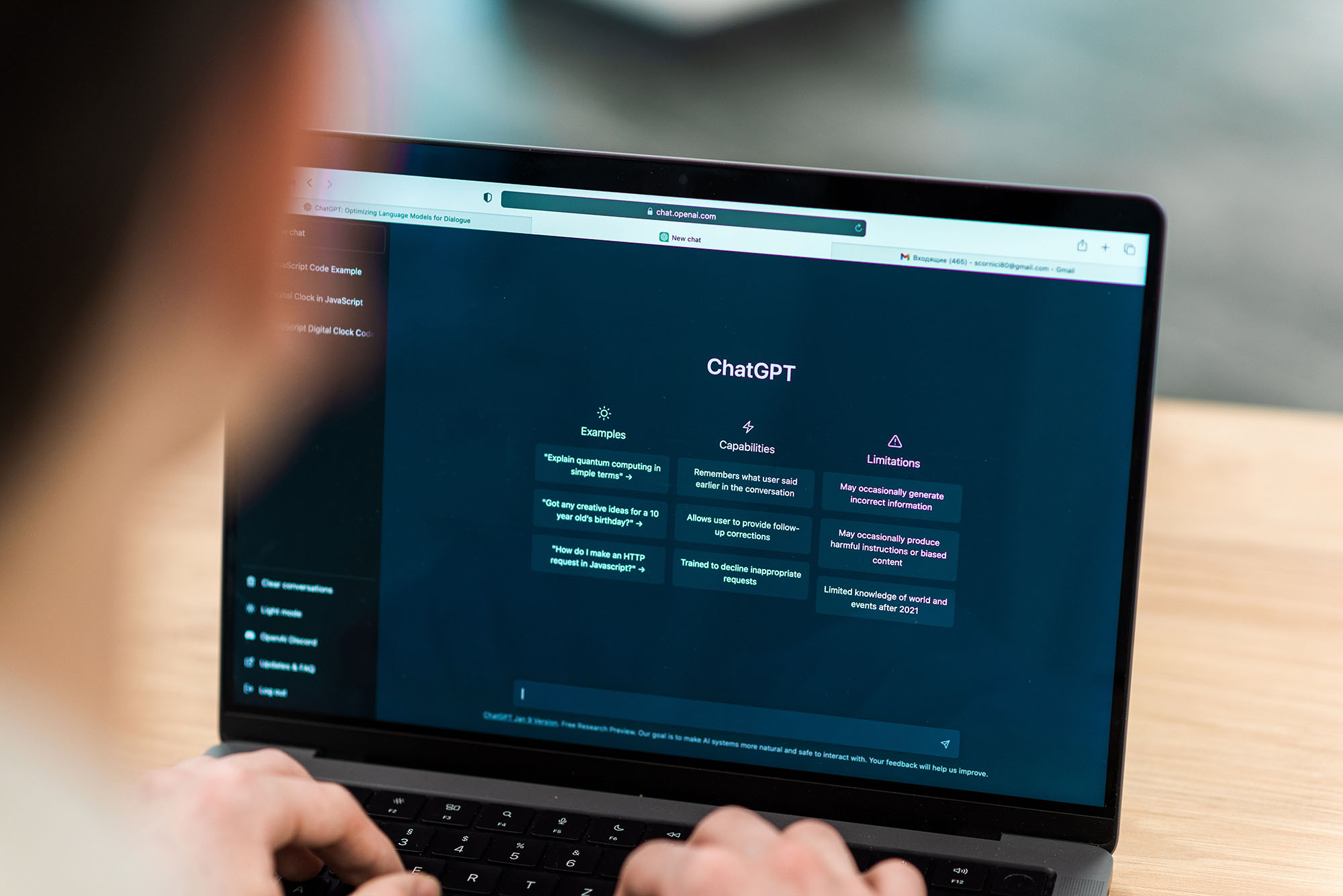
This is part 1 of a three part series – check out part 2 and part 3 here.
Does your child struggle with Chinese reading comprehension (阅读理解) in primary school? Reading comprehension not only tests students’ ability in understanding the Chinese language, but also in applying it. Not surprisingly, students often see it as the most difficult section of the Chinese Paper 2 to do well in.
Stay with us for the next couple of blog posts to pick up some useful strategies, techniques and pro tips that you can use at home as you coach your child.
Read from young
Firstly, help your child interest in Chinese and build a strong foundation in it through cultivating a reading habit from young, even before they step into P1.
Yes, mastering comprehension starts with reading! As your child gets exposed to more Chinese books, he/she learns to recognise more words, know more vocabulary and become familiarised with common Chinese sentence structures (which differs from English ones). In turn, these help your child understand the comprehension passages that he/she reads.
Now, you might wonder, what kind of reading materials will suit your child?
Different books for different ages
Before preschool
Read picture books (绘本) if you have a very young child.
Picture books generally have a bigger illustration-to-text ratio. Some of them can carry so few words that you might wonder if they are worth reading or buying.
In actual fact, picture books can be read at different depths to suit children of different ages and levels of Chinese proficiency, even right up to upper primary levels. We will share more on how to get the most out of reading Chinese picture books in the next blog post, so stay tuned!
After preschool
Read graded readers (分级书) with your K1 or K2 child. These readers are designed to cater to different reading levels. The levels start from emergent/beginner through advanced/independent level, with increasing number of words.
As your child enters primary school and builds up wider vocabulary, gradually encourage him/her to progress to other bridging books (桥梁书), which are usually simple, short chapter books with smaller illustration-text ratio.
Hanyu Pinyin – with or without?
Do you get stumped over whether to choose books with or without hanyu pinyin (汉语拼音)?
The most important factor to consider in choosing books is still based on their content and value – whether the storylines are interesting, engaging, appealing to your child, encourage thinking and conversations, and teach good values. Then, prioritise those without hanyu pinyin over those with, wherever possible. Your child will get a lot more practice in having to recognise and remember Chinese words this way and not just rely on hanyu pinyin to read.
Invest in a dictionary to look up words if you need help in this area. Dictionary-checking is also a useful skill to teach your child.
Textbooks are not boring
What if your child has not formed a regular Chinese reading habit by the time he/she enters P1? Get him/her into the habit of reading the MOE Chinese textbooks 《欢乐伙伴》 every week at home, at least three times weekly. This will help in revising and remembering what he/she has learnt in school.

Make it a fun activity by taking turns to read alternate lines or paragraphs with him/her, or do role-play. Reinforce by co-watching the animations with him/her, listening to the songs and doing the quizzes at 学乐网, MOE’s repository of digital resources that complements the 《欢乐伙伴》 syllabus.
Magazines as supplementary reads
Another reading resource is the popular Chinese magazine 《好朋友》(for P1 to P2 students)/《知识画报》(for P3 to P4 students)/《知识报》(for P5 to P6 students), also written based on the 《欢乐伙伴》 syllabus. You can subscribe to it through your child’s school or via Etutor’s website 知识网.
Encourage your child to read the magazines at home after he/she has done the exercises in the magazines in school. You can also read the levelled e-readers with him/her and try the online quizzes, if the subscription includes digital resources.
Get serious with comics
Check out Chinese comics such as 《闹闹漫画乐园》, 《这一班日记》and《又是这一班》at the local libraries or bookstores. Written by local authors, these stories are full of local flavour and humour. As your child can easily identify with the characters, places and situations in the comics, they may be more willing to read them over more text-based Chinese books.
Animation storybooks for the digital generation
Explore animation storybooks such as the Boshi Panda 《熊猫博士》 series developed in-house by KidStartNow. You can access the storybooks via a monthly subscription. New titles are added every month.

Or, sign your child up for our preschool classes (N2 to K2) at KidStartNow and he/she will get to learn new vocabulary and sentence structures through these animation storybooks during lesson every week. These storybooks are a hit with our young students as they appeal to their natural curiosity and interest in magic, adventure and travel to sustain their interest from episode to episode, lesson to lesson.
That’s not all. As KidStartNow’s student, your child also gets online access to the animation storybook that is taught in class after each lesson is over. Co-watch the episode with him/her as revision. He/she can even earn digital coins in his/her individual ‘digital bank account’ when he/she answers the word recognition quizzes correctly. Say yay to no more nagging him/her to do revision at home!
More about ‘guided reading’ in Part 2
Now that you know the wide range of reading resources out there, keep your eyes peeled to our blog as we share how you can get the most out of reading with your child through ‘guided reading’ (导读) in our next post.
Share this blog post with your friends if you’ve found it useful.If you would like to find out more about KidStartNow’s animation storybook-based classes for N2 to K2 or our primary school classes, please fill up the form below or whatsapp us at 9820-7272 now!
[contact-form-7 404 "Not Found"]







3 Responses
Comments are closed.